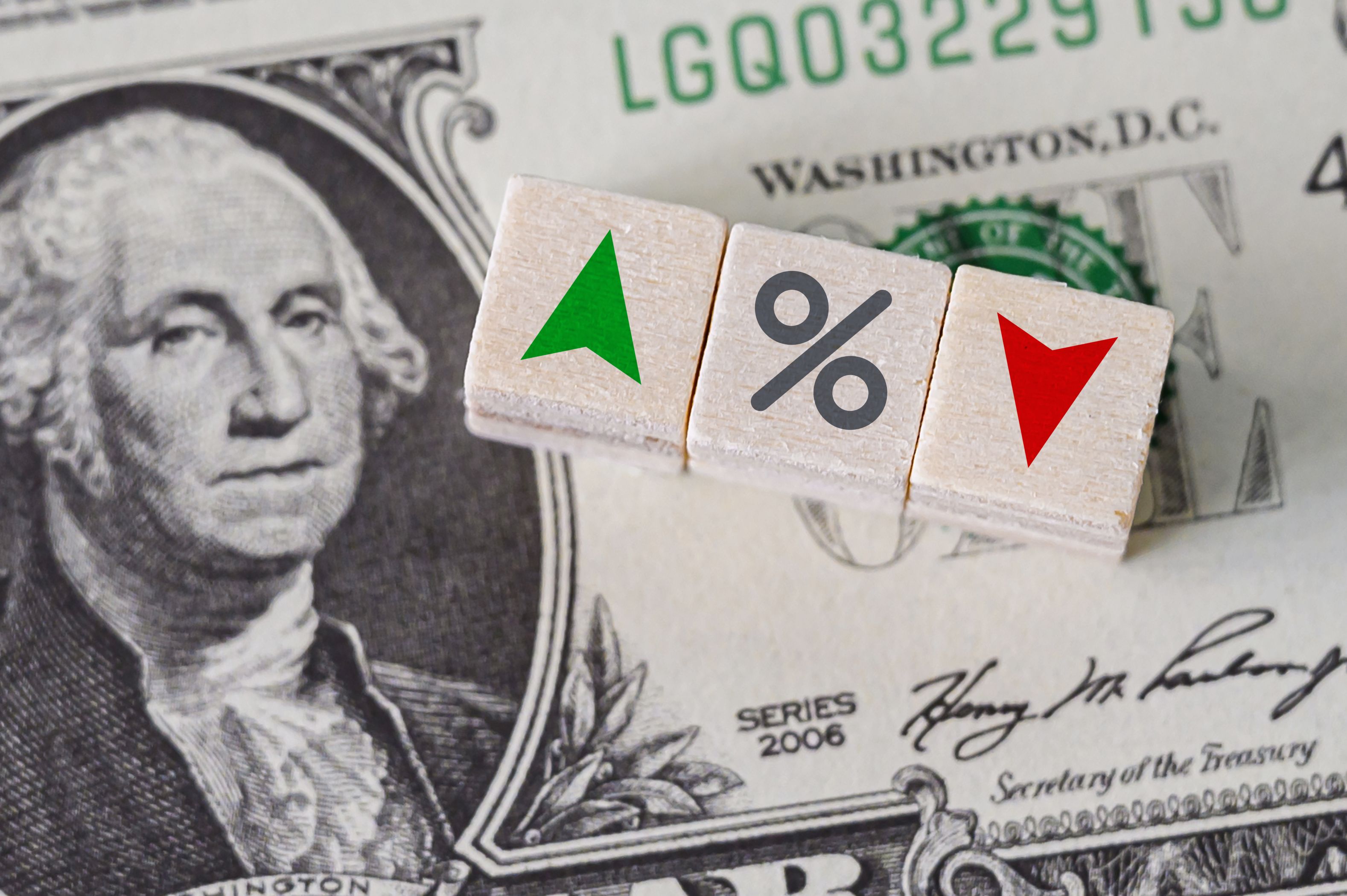One of the most frequently encountered tropes about the green finance market is the lack of standardised definitions of what precisely constitutes “green” when it comes to the use of proceeds from a primary debt deal.
So that trope seems likely to be encountered less now that the EU has produced a taxonomy for sustainable finance, with the long-awaited report -running to over 400 pages - published last Tuesday June 18.
Alongside the taxonomy, which has been produced after years of deliberations by the EU Technical Expert Group (TEG), a voluntary EU Green Bond Standard and voluntary low-carbon benchmarks were unveiled.
Many in the ESG community regard the taxonomy as representing a watershed moment and see it as providing a route via which the Paris Agreement - to keep CO2 emissions to well below 2 degrees celsius above pre-industrial levels - and other Sustainable Development Goals can be facilitated by investors and issuers within the green finance arena.
“Mobilising and re-directing private capital is necessary for meeting the EU’s climate, environmental and sustainability commitments and the taxonomy provides clarity via a common language for investors, issuers, policymakers and regulators,” said Nathan Fabian, chief responsible investment officer at the London-based Principles for Responsible Investment, which has welcomed the publication of the taxonomy and the other measures accompanying it.
“It can be used to avoid unintended greenwashing (in which an environmentally friendly label is put onto products which have doubtful green credentials), and provides a tool to understand company business models. Some business lines may be delivering on sustainable objectives, while others may not. This allows a sophisticated discussion around strategy and consistency with sustainability objectives.”
Still, fears have been voiced in certain quarters that if the taxonomy is adopted as the industry standard, it might choke off much needed financing in sectors of industry which fall outside its criteria but where a gradual improvement in crucial inputs such as CO2 emission can be achieved through capital provision.
The EU’s stance on the inclusion of fossil fuel industries or related enterprises in the taxonomy is uncompromising - there is no room for their inclusion in the taxonomy’s list of green industries - even if there is a demonstrable trajectory towards emissions reduction in a particular industry.
Indeed, the EU is contemplating a zero carbon emissions target by 2050, with measures on the table to phase out internal combustion engine (ICE) vehicles by 2030.
There are early signs that the taxonomy will be used as a standard within the green finance industry. In late May the European Investment Bank (EIB) priced an Australian Dollar bond which referenced the pending EU taxonomy in its documentation.
The EIB has been working closely with China through its Green Finance Committee to produce a consistent and logical framework for green finance, having produced a white paper to this end in late 2017.
One irony of this collaboration is that China’s green bond standards will fall short of the stringency exhibited in the EU taxonomy - the country has seen issuance from the “green coal” sector, involving the production of low carbon-emitting coal, a sector which the EU taxonomy eschews.
Indeed it seems likely that there will be a broad bifurcation of the green bond market - where US$170bn-equivalent printed last year and over US$200bn is slated for 2019’s tally - into an EU taxonomy-compliant segment and a more “relaxed” segment. China - the world’s largest issuer of green bonds - seems certain to fit into this latter category. That is, unless the taxonomy eventuates in the crimping of the bid for paper from a universe of investors insistent on buying bonds which meet its stringent criteria.









